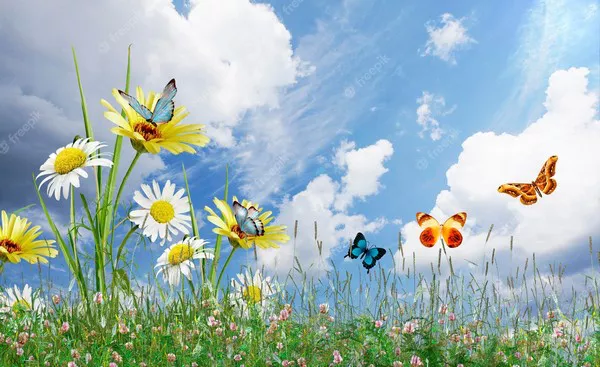As the days grow shorter and autumn paints the landscape with its vibrant colors, consider bringing a piece of your fall garden indoors. Many of the perennials in your garden that bloom during the fall season can be transformed into stunning cut flowers for your home or to share as thoughtful bouquets with friends and family.
For the freshest cut blooms, aim to harvest your flowers early in the morning when they are well-hydrated, as this helps to maximize their vase life. If morning isn’t an option, early evening is the next best time to gather your floral treasures, but don’t worry if you find yourself needing to cut them at other times – the beauty of your garden can be enjoyed anytime.
When venturing into the garden for your harvest, bring along a clean bucket of water and a sharp pair of bypass pruners or snips. The moment you cut a flower, place it in the bucket of water to preserve its freshness and vitality.
Selecting the right stage of bloom is essential to ensure your flowers shine in arrangements and stand the test of time. Generally, spike-type flowers, such as delphiniums or salvia, are best harvested when about one-fourth to one-half of the individual flowers on the spike have opened. For daisy-type flowers like rudbeckias, coneflowers, Heliopsis, and Helenium, it’s best to wait until the flowers are fully open before gathering them.
Aster and goldenrod, known for their garden compatibility and beautiful vase arrangements, are prime choices. Harvest goldenrod when the flower color is visible with roughly half of the individual flowers in the cluster open. Asters, on the other hand, should be picked when approximately one-fourth of the flowers in the cluster are open, allowing you to enjoy their beauty for up to 12 days.
Native Agastache, also known as lavender or anise hyssop, is a favorite among pollinators and a superb addition to floral arrangements. To harvest these, wait until approximately one-half to two-thirds of the flowers on the spike have opened. With proper care, these delightful blooms can grace your arrangements for up to ten days.
Watch with fascination as the individual flowers on the Liatris spike open from the top down. For the best results, pick them when less than half of the flowers at the top of the spike are open while the remainder remain in bud.
Even after rudbeckias and coneflowers have shed their petals, the remaining seed heads make for an appealing addition to fall bouquets. Don’t overlook the ethereal seed heads and foliage of ornamental and native grasses that adorn your garden. They can be gathered anytime after the seed head emerges and retain their charm for about a week.
For an extra touch of fall flair in your bouquets, consider incorporating seed pods. The pods of native baptisia and milkweed, as well as Siberian iris, are intriguing choices to experiment with.
Before arranging your fresh blooms, it’s essential to condition them to maximize their vase life. Place the flowers in tepid water and allow them to rest in a cool, shaded spot, away from direct sunlight, for several hours or even overnight before starting your arrangements.
As you embark on creating your arrangements, remember to cut the stems at a 45-degree angle to your desired length. This angled cut prevents stems from lying flat on the vase’s bottom, allowing for increased water absorption. Removing any lower leaves that might end up submerged in the vase water is crucial, as foliage in the water promotes microbial growth and can reduce the lifespan of your cut flowers.
Ensure you always use a clean vase filled with fresh water, adding a floral preservative to further extend the longevity of your flowers. Regularly change the water to maintain the freshness of your bouquet, removing individual flower stems as they fade and repositioning the ones that remain vibrant. Trim the stems as needed to ensure they continue to draw water and last longer.
Experiment with your favorite perennial flowers as cut blooms and take notes on their performance. Research ways to improve the vase life of those that didn’t last as long as desired. Even a short-lived arrangement can bring a touch of garden magic indoors, bringing smiles and brightening your surroundings with the beauty of fall.


